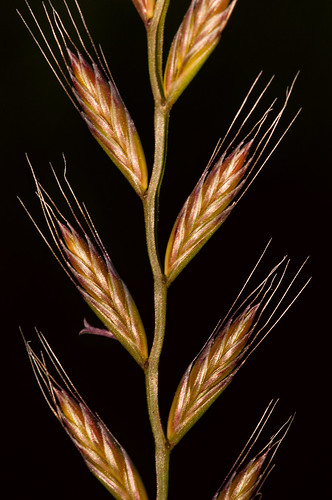Recently it was brought to my attention that I appear on the Nikon website in a video conversation sponsored by the professional marketing arm of Nikon cameras. (I knew this conversation had been filmed about a year ago, I just didn’t know it was up on the web.)
Of course, I’m appreciative of the publicity, and of the times Nikon has licensed my work—for example, on the Nikon website in Night Photography with Harold Davis. However, in the workshops I teach I am completely agnostic in the Nikon-Canon religious wars. Both brands produce superb cameras—and cameras don’t make great images, people do.
But I do have a bone to pick with Nikon. I recently had a long chat with a Canon Explorer of Light photographer. There are roughly sixty top professionals in this program. Without going into the financial details, I can clearly say that these photographers are very well supported by Canon Professional Marketing. It’s clear to me that this has been a good investment for Canon, and it is shameful that Nikon doesn’t do more to support the top image makers that use Nikon equipment. Nikon, if you are reading this, do something about it, please.
Enough kvetching. I shot this image from a cliff high above Muir Beach in the Marin Headlands near San Francisco, California. Of course, my companion wanted to know why I would face one of the best views in the Bay area and choose to make a photo of a weed!
One answer is that good photographers look for the unexpected. When you shoot with someone who is a gifted image maker, you’ll most likely see them pivoting as if they had eyes in the back of their head, looking for strange details, and commenting on all kinds of unlikely things. At least this describes me! It’s really not that unusual for me to shoot a weed on the edge of a sumptuous view, or to find a new way to capture a classic view.
The weed in this image was blowing in a stiff sunset breeze, so I bumped my ISO (to 400) to hand hold the image. There wasn’t much point in using a tripod considering the wind and movement of my subject. I intentionally underexposed to make my background go very dark. I used a 36mm extension tube with my 105mm f/2.8 Nikkor macro lens—a superb and classic lens, by the way. I took this exposure at 1/250 of a second and f/13.
For a macro this close, my depth-of-field was shallow—so I tried to be as parallel as possible to the subject.
